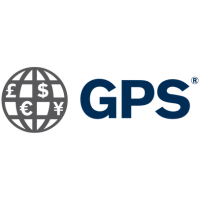This method involves offsetting mutual payables and receivables among different entities within the same group, minimizing actual fund transfers between parties. The process simplifies and automates payments, reduces risk and increases efficiency, resulting in cost savings and improved cash flow.
Key aspects of intercompany netting include balance reconciliation, transaction management and the management of FX rate fluctuations. Tools such as FXpert facilitate the netting process, improve visibility and optimise reconciliation efforts.
When comparing intercompany netting to operating without a structured solution, the benefits of adopting netting practices become clear. These include improved efficiency, cash pooling and fewer disputes. However, potential drawbacks such as increased administration and reconciliation complexity should also be considered.
Organisations must also weigh the benefits of intercompany netting against in-house banking solutions, taking into account factors such as operational structure, financial process discipline and centralisation benefits. Both options offer unique benefits that should be evaluated based on specific organisational needs and priorities.
To learn more about choosing the right financial strategy for your organisation, and to gain a deeper understanding of intercompany netting and in-house banking solutions, read the full article for comprehensive insights and expert guidance.












